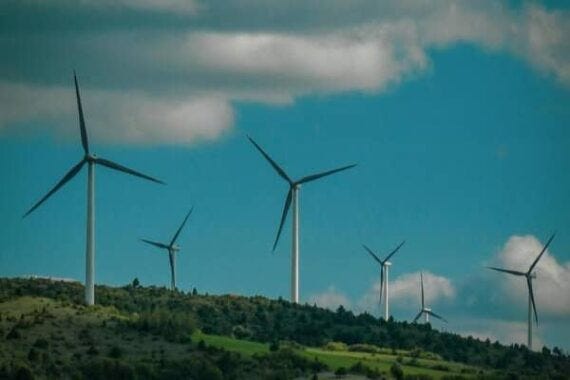”Renewables": 3 billion pounds per year to ... NOT produce electricity
3 billion pounds per year - more than 3.5 billion euros - will have to be paid because the British national grid cannot absorb the kilowatts generated by an increasing number of wind turbines.
Translated from https://reinformation.tv/renouvelables-pas-produire-electricite-dolhein/
Everything is increasing, my good lady, we knew it, but no one had yet thought of this: the British electricity user will have to bear higher bills to pay producers of "renewable" energy... not to produce any . Collectively, the joke is estimated at up to 3 billion pounds per year - more than 3.5 billion euros - that will have to be paid because the British national grid cannot absorb the kilowatts generated by an increasing number of wind turbines.
The cost of this overproduction has been assessed by the national energy system operator, NESO. When the wind blows strongly, the electricity fed into the grid threatens to overload the transmission lines. NESO then steps in to ask wind farm operators to stop production, and pays them “curtailment payments” to compensate for their loss of revenue.
In 2024, these types of payments represented a total of one billion pounds but the budget is increasing: NESO envisages it tripling by 2030, since we already know that the transport networks will not be developed at the same rate as the production units.
Paying operators not to produce electricity
Of course, these forecasts are valid for times when production exists: when the wind is out, we have to turn to other sources, and it is even worse when the sun is also missing...
NESO’s forecasts are even more modest than those of energy suppliers. For Octopus Energy, the UK’s main electricity supplier, the additional annual bill to pay operators who stop producing energy could reach £6 billion – or an extra £200 per year per household. It must be said that this adds up quickly. In 2019, such payments totalled £242 million: five years later, they had almost quadrupled to the £1 billion mentioned above, mostly paid to wind farm operators in the northern British Isles .
“Heads I win, tails you lose”: these renewables that always pay off
Today, NESO claims to be constantly looking for new ways to reduce the costs of balancing electricity supply and demand: this is done second by second, but in the end, the costs are reflected in the final consumer's bill. That is 2.4% of a user's total bill over the period 2023-2024, all the same. And this is even though the overabundance of energy should lower its price...
This is all the more unbearable since, in the name of the "energy transition" towards "net zero", the British taxpayer has already had to finance through taxes "far too generous subsidies" for wind and photovoltaic energy producers.
Or how to set up a snake that bites its tail.
Anne Dolhein






{...Octopus Energy...}
What a fitting name for the ever increasing grift ...
😧